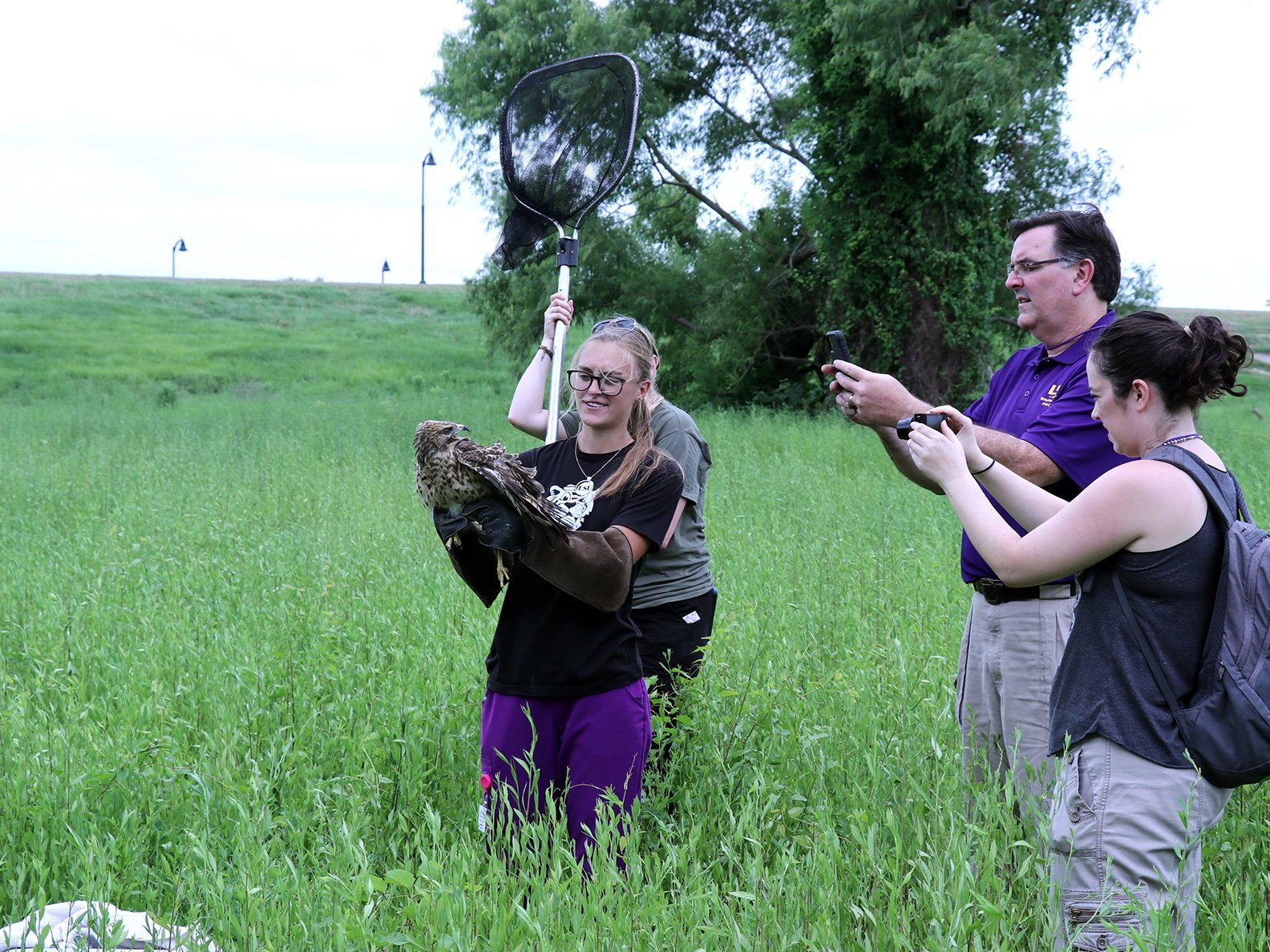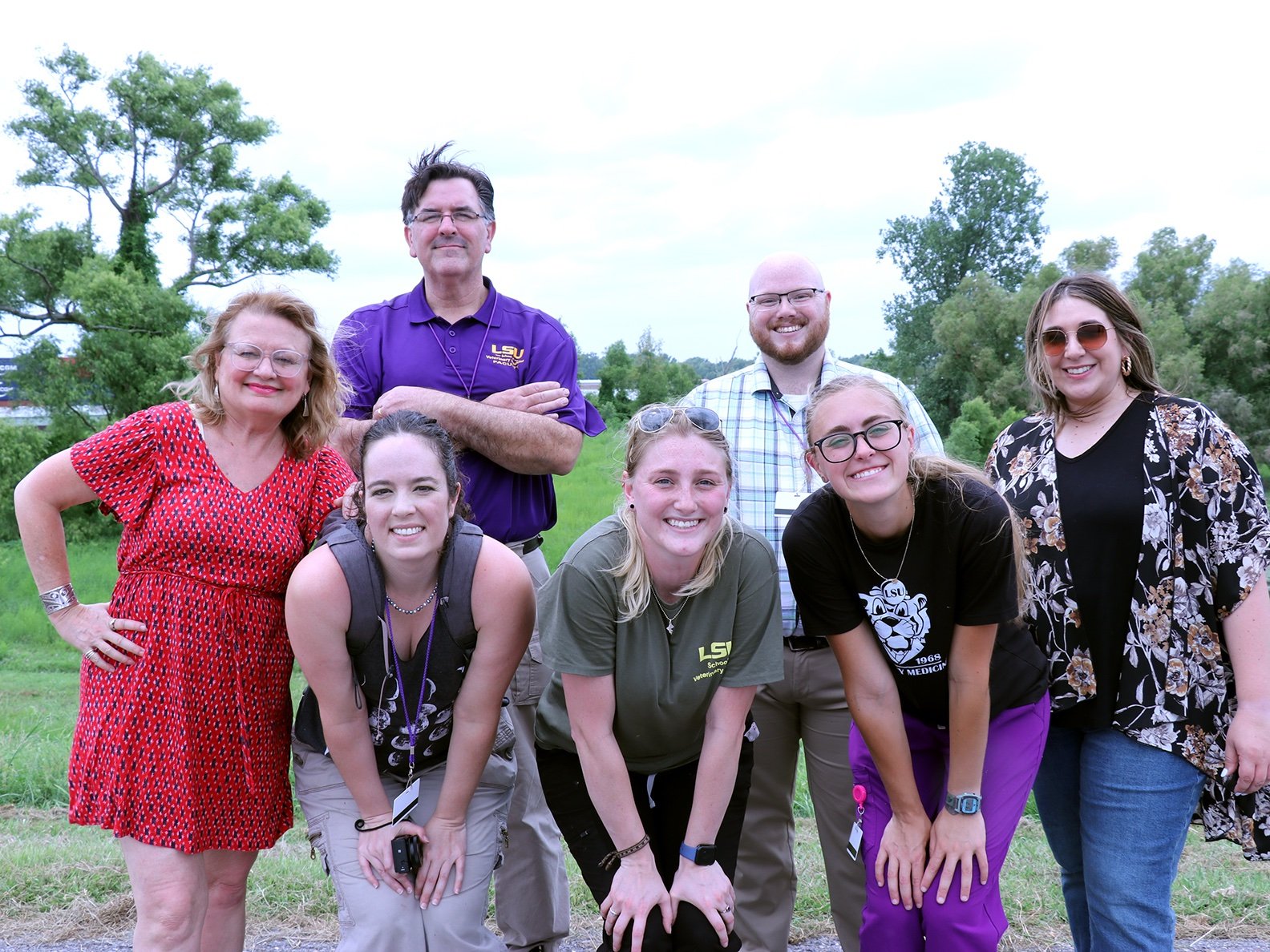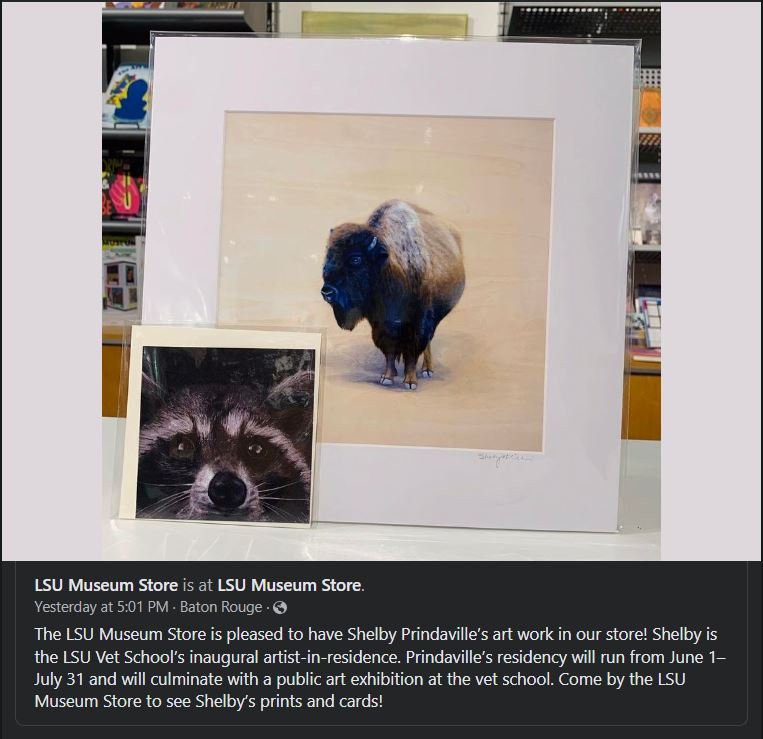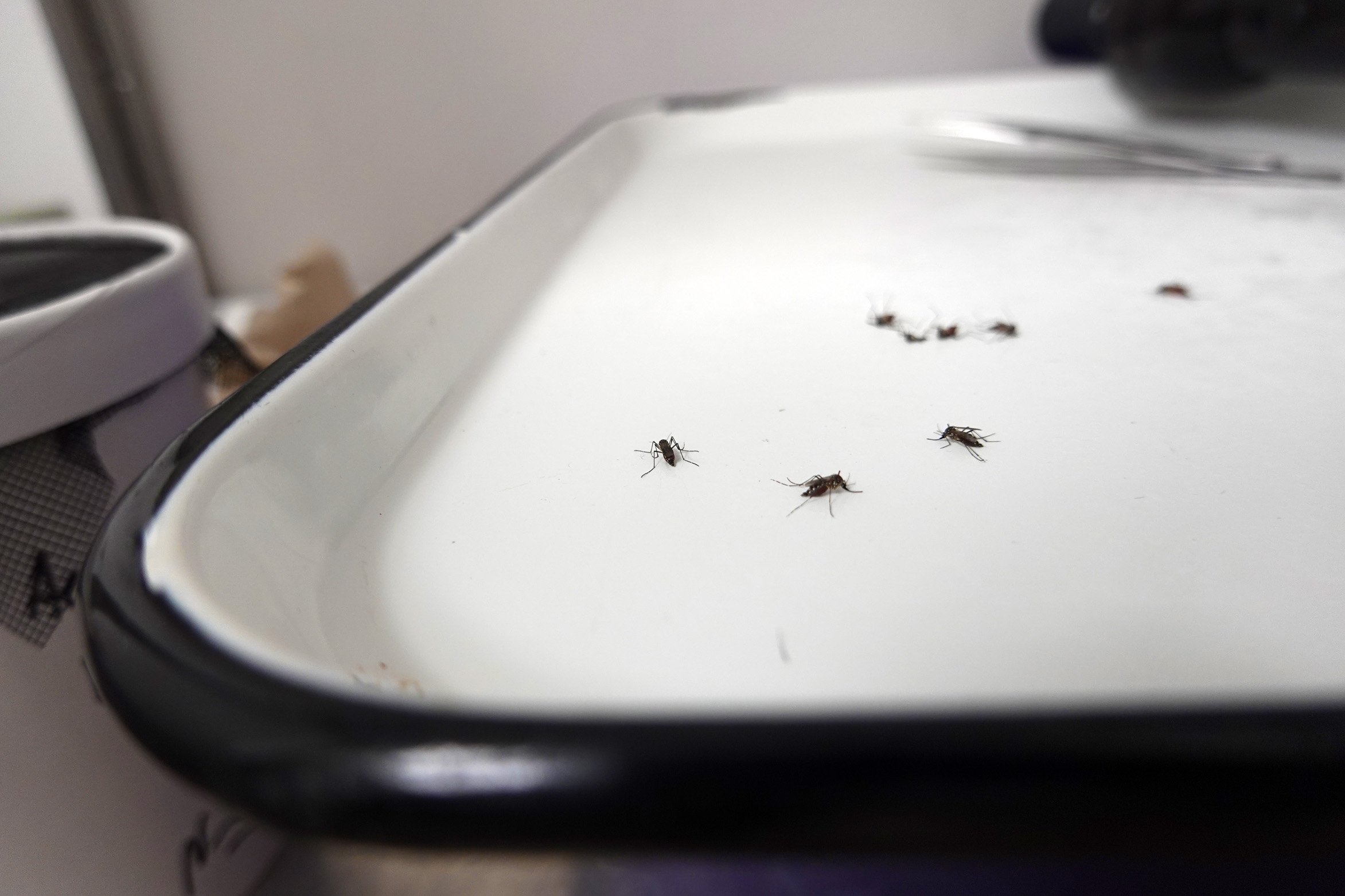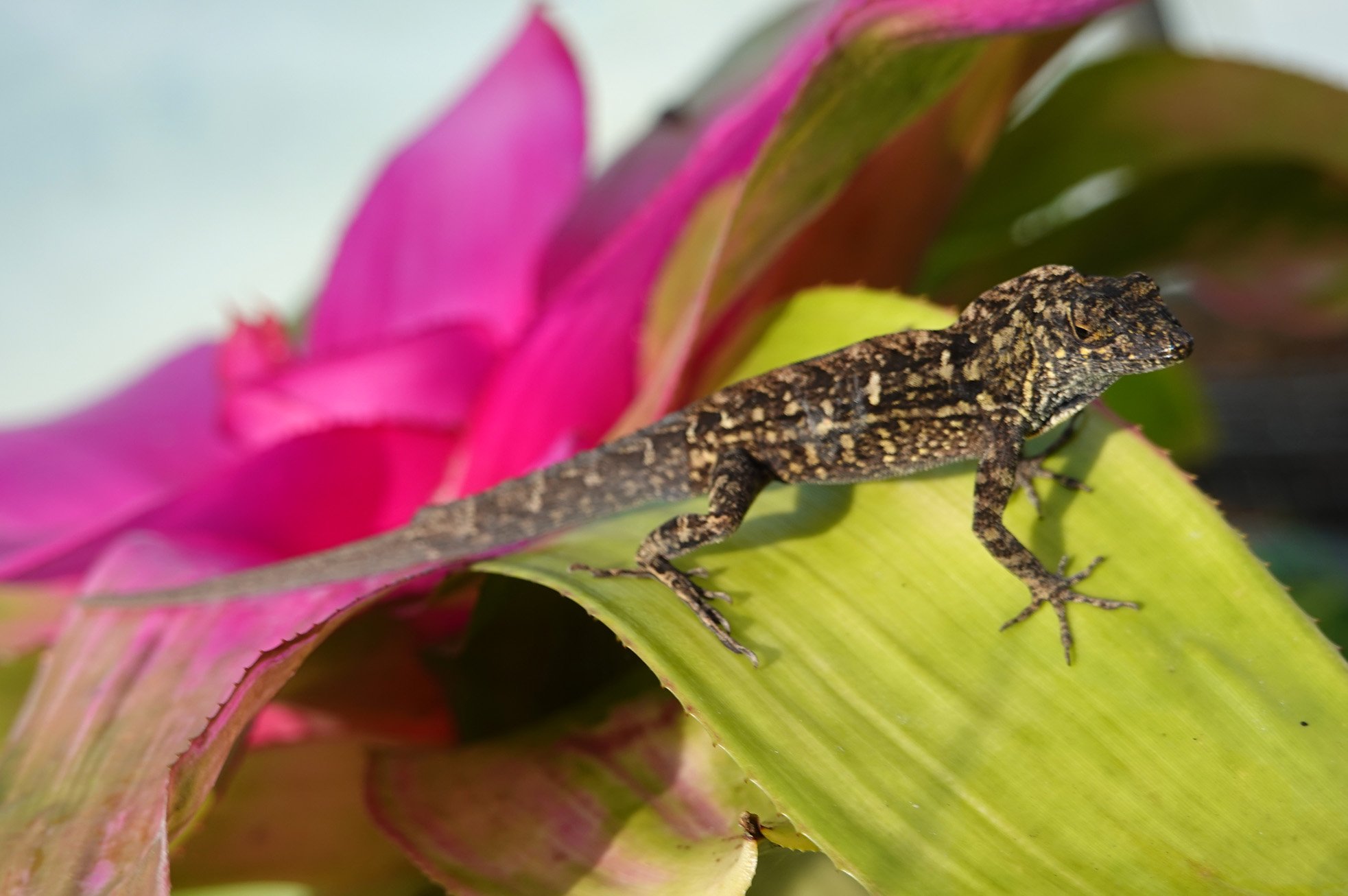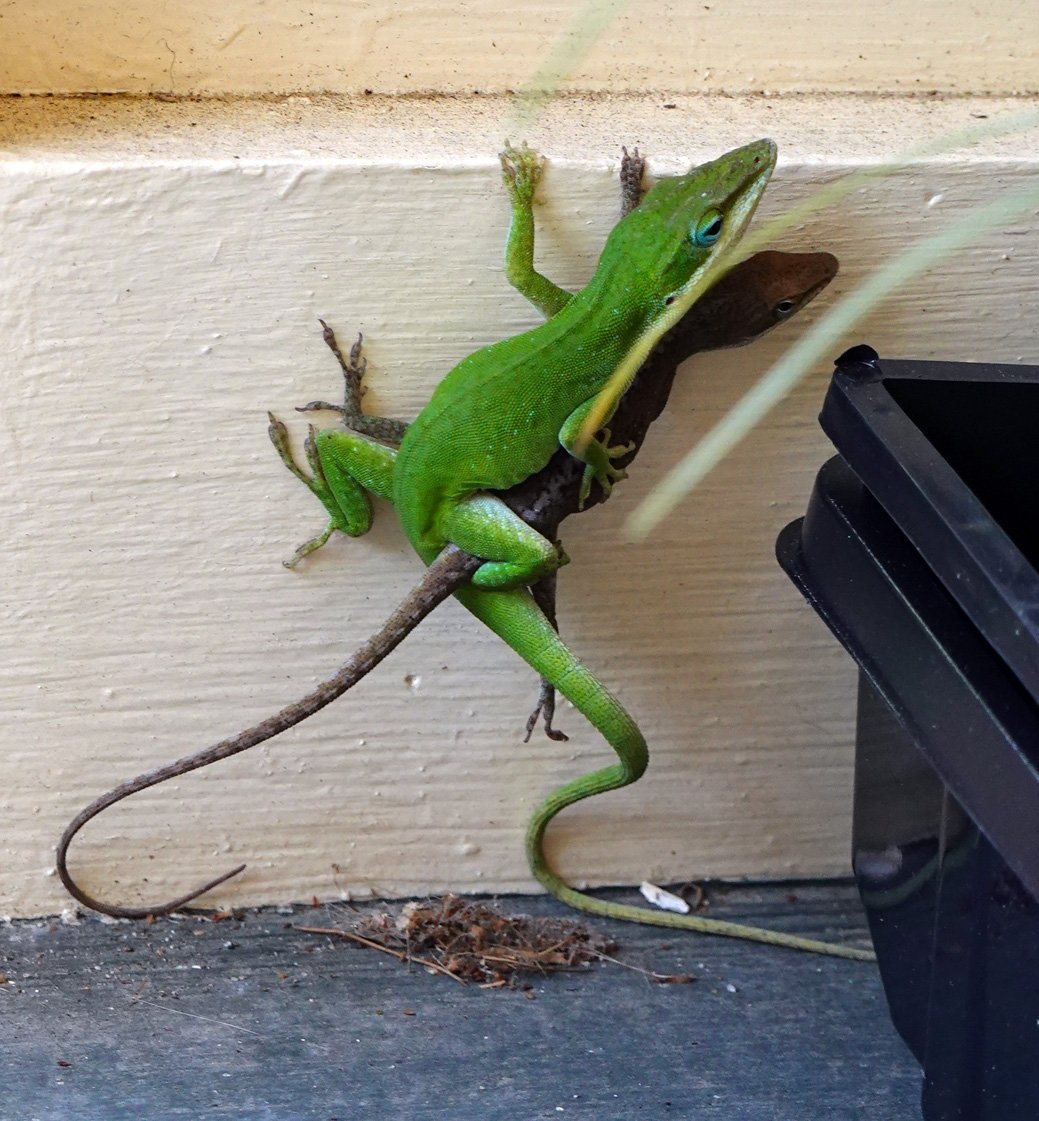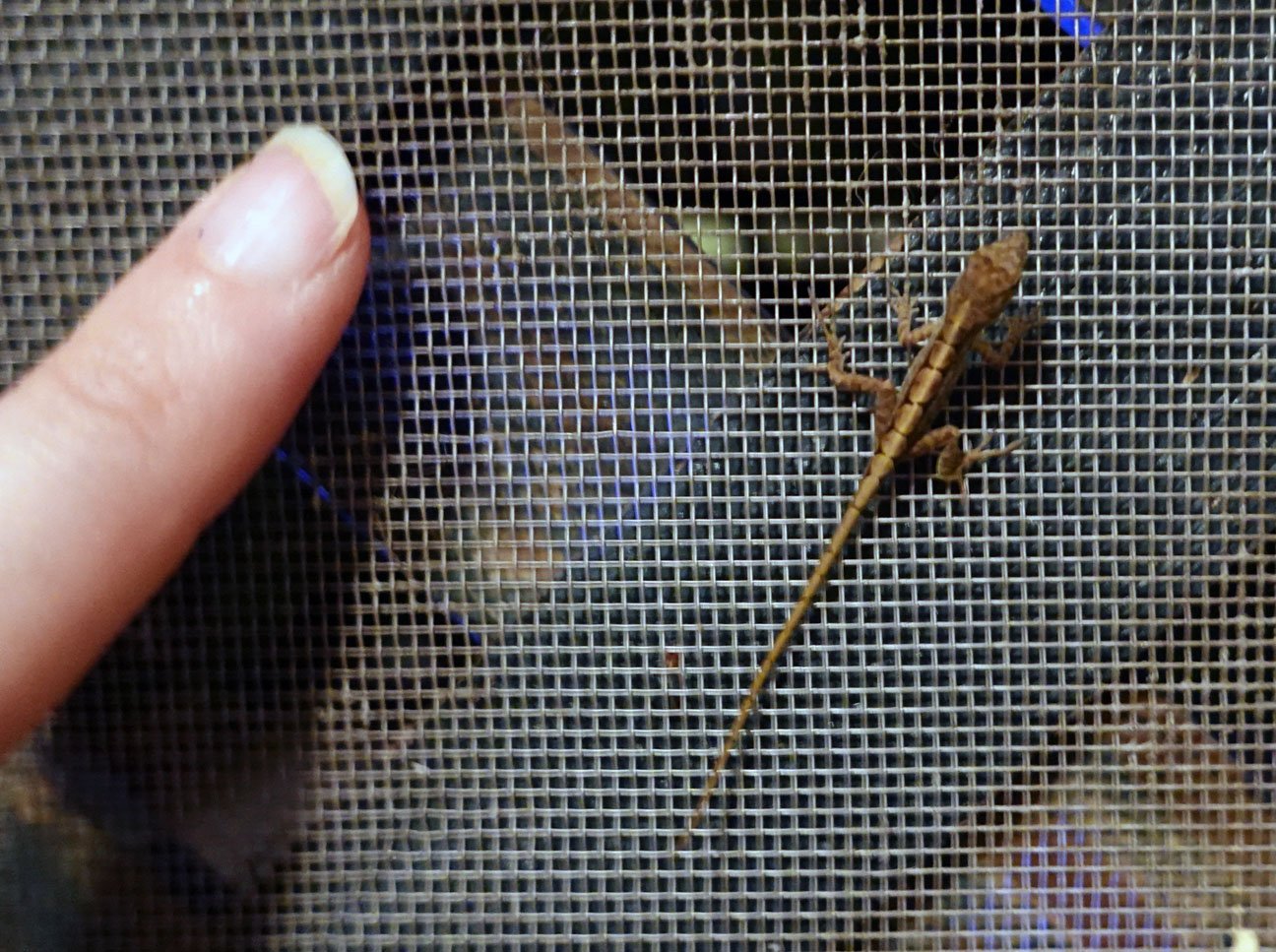The following weekend I went to a Baton Rouge Cactus & Succulent Society sale due to a member who passed away and left some of his collection and pottery to the society; in order to make the most of the event they also put some tropicals and leftover bromeliads from the previous weekend’s sale out for purchase as well. I picked up a few nice plants and a large quantity of small ceramic pots as they were selling them for absolutely rock bottom prices - I think I paid a bit less than $1/pot. I also stopped by an estate sale happening nearby and then had some Vietnamese, followed by stopping in at an Vinh Phat Oriental Market and getting lychee! I love fresh lychee (I was a bit sad they didn’t have any mangosteen though). I also visited a friend and neighbor of Sandy’s named Pat who is a big art collector, and it was fun to see her collection and her house in general - it was a beautiful home. She had invited local artist Joy McDonald over too. Her artwork is very playful!
The next work week (June 13-17) I spent more time with the farm animal folks and met a couple more cute goats, visited the wildlife areas (main building and flight cages) quite a few times, and observed some ophthalmology appointments. I also booked a session with epidemiology to photograph mosquitoes, specifically Aedes aegypti. This was a more involved process than I’d have thought, involving first feeding the females a blood meal, popping them into a freezer just to slow them down/stun them, and then tweezing them onto a metal tray partially perched upon ice, which I could move further away from the ice to thaw them out more or push towards the ice if they were getting too mobile. Aedes aegypti are dimorphic; the males only feed on nectar, so their abdomens are quite thin in comparison while their antennae are lusher than those of the female mosquito.
On Friday morning I was interviewed live on KADN News 15! I will post separately if I can find a video clip to share, but it was a short info piece about the fact that I’m the inaugural artist in residence at the LSU School of Veterinary Medicine, what that’s like, where I’m from, and when my residency exhibition and artist lecture will be occurring.
I also spent a good amount of time in the studio, of course!
Below are photos of my documenting/participating in a red-shouldered hawk’s release, a social media post from the LSU Museum of Art advertising my wares, live mosquitoes on ice (really, even the ones that are upside down), and some anole sightings including a hitchhiker from Florida on a bromeliad, two anoles mating, and the smallest anole I’ve ever seen next to my pointer finger for scale.













